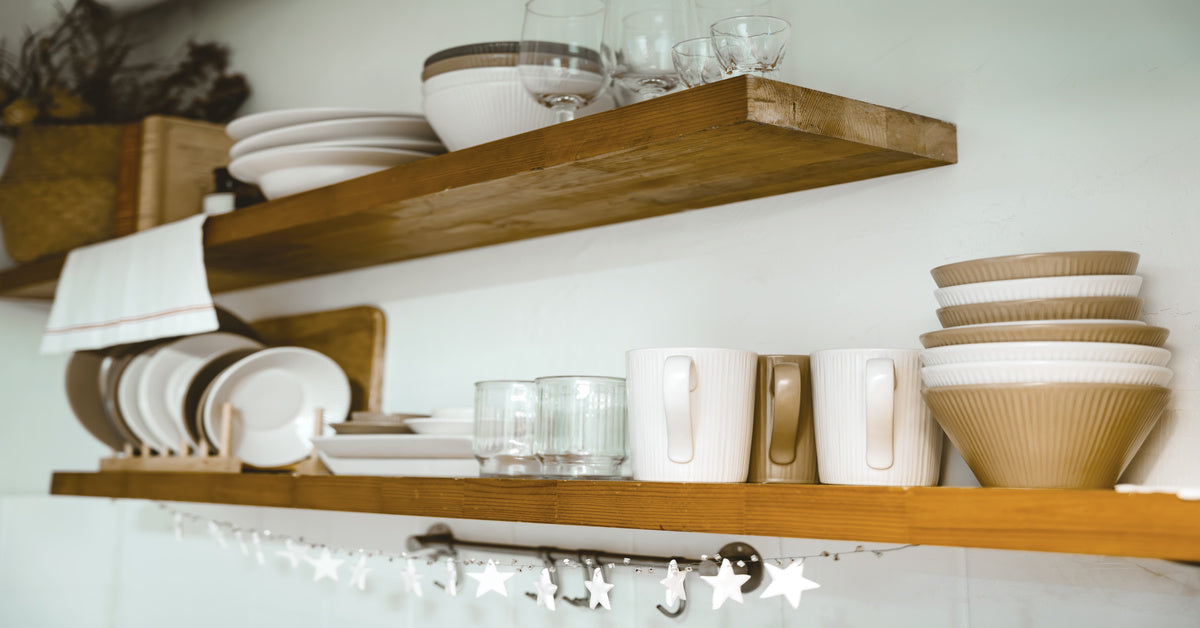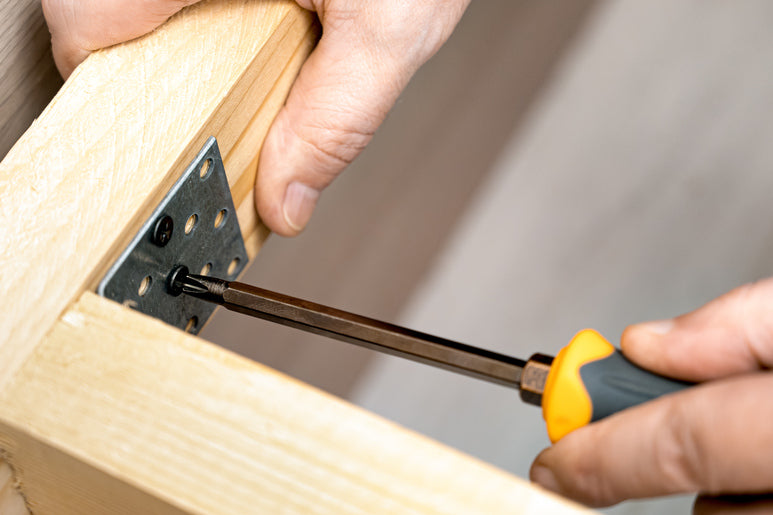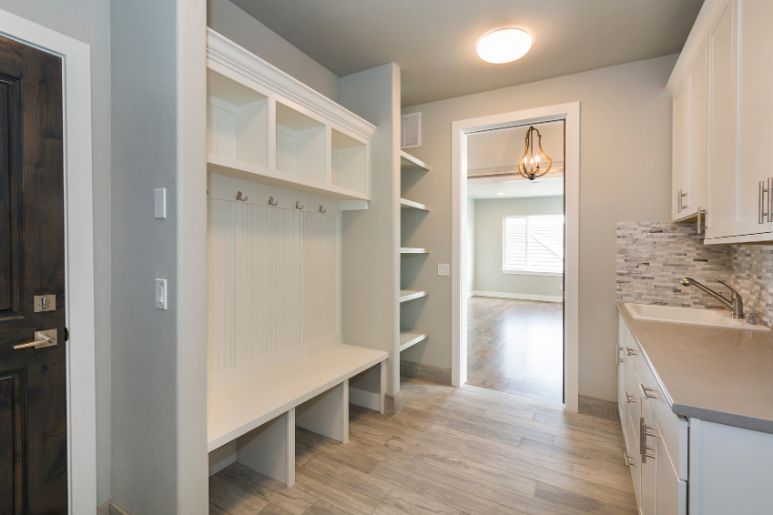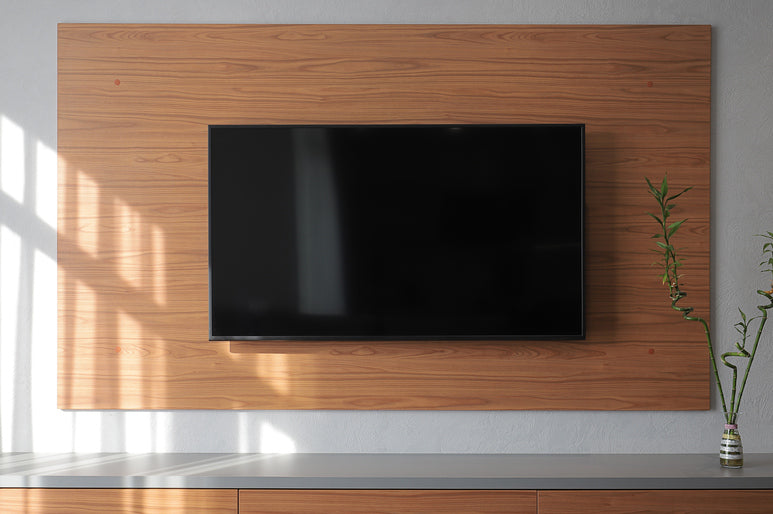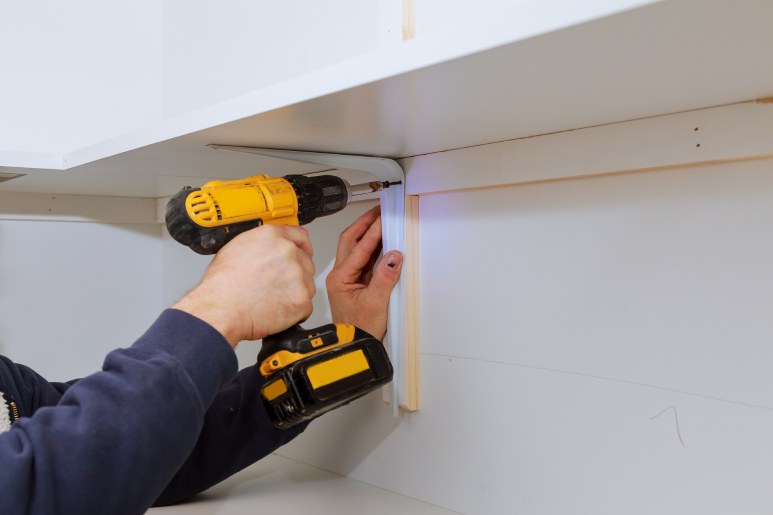
Understanding Shelf Bracket Spacing for Optimal Support
When it comes to installing shelves, the spacing of your shelf brackets can make all the difference. Placing your shelf brackets incorrectly can lead to sagging, unnecessary wall damage, or even a complete collapse. This guide will help you understand shelf bracket spacing for maximum support, ensuring your shelves are both functional and secure.
Understanding Span Limits
One key product detail to remember as you shop for shelving is the span limit. This refers to the maximum distance a shelf can stretch between supports without bending or breaking. For example, a plywood shelf with a thickness of 3/4 of an inch typically has a span limit of 30 to 36 inches, depending on the items you intend on storing. Knowing this information will help you decide how many brackets you’ll need and where to place them.
Bracket Spacing Best Practices
Now that you know your span limits, let’s discuss bracket spacing. For optimal support, always place a bracket toward each end of the shelf, allotting less than 9 inches of overhang.
In between the end brackets, space out additional brackets evenly. For instance, if you have a 72-inch shelf and the span limit is 24 inches, you’ll need a bracket at each end and two more placed 24 inches apart. This setup distributes the weight evenly across the shelf, preventing any sagging.
When using wall brackets for shelving, ensure they are securely anchored to wall studs. Drywall alone won’t support the weight of a loaded shelf. Use a stud finder to locate studs and mark them before installing your brackets. The wall studs provides a sturdy anchor point for your shelves, ensuring they remain secure over time.
Other Spacing Considerations
Besides span limits and bracket spacing, consider the type of items you’ll store on your shelves. Heavier items like books or kitchenware require closer bracket spacing than lighter items like picture frames or decorative pieces. When you’re uncertain, it’s always wise to play it safe and install an extra bracket.
When determining the vertical spacing between shelving, consider the height of the objects you plan to store. Allow at least 12 to 15 inches of space for taller items, such as books or appliances, to prevent overcrowding and ensure easy access. For smaller items, such as decorative pieces or containers, 6 to 8 inches of vertical space may suffice, but you should still ensure there’s enough room to prevent tipping or falling.
Proper shelf bracket spacing is crucial for creating sturdy and reliable shelves. Always refer back to your shelf and bracket manufacturer to determine the proper span limit for your material and desired use. Check out Right On Bracket’s selection for reliable shelving brackets to find the best bracket for your needs.


